Prevent Valsa leucostoma now
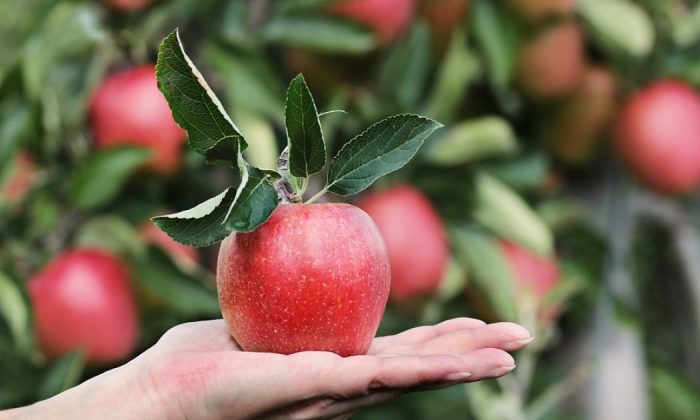
Spores of the Neonectria galligena fungi can penetrate the tissues of trees in many different ways. Basically any damage is enough – a frost crack, bark damaged by hail, an untreated cut… but even little scars after leaf fall or fruit picking.
The bacteria thrives best if it rains a lot, so, if you live in a rainy location you should pay extra attention to your fruit trees (especially apple and cherry trees) and check for any signs of fungal infection frequently. So, how can you recognize Neonectria galligena?
Neonectria galligena
As mentioned above, there is always some kind of injury at the beginning. The tree starts to fill the damage and forms callus around it but unfortunately the fungus spreads with it. The first piece of evidence include spots on the bark – the bark is coloured differently and usually partially sunken. Later, you will notice red reproductive organs of the fungus, which resemble small balls.
Photo: Pixabay
Both old and young trees are at risk
If a young tree gets the fungus the entire tree can be infected very quickly (If that is the case, the tree needs to be destroyed) but if the tree is older the infection is usually limited to one part only or only the branches get infected. In this form you can fight it rather efficiently.
Remove the infected parts
You need to act against Neonectria galligena fungus immediately and carefully and thoroughly remove all infected parts. Best choose a dry and, if possible, frost-free day. Carefully cut off any branches with visible signs of infection. If older parts of the tree suffer from the fungi, try to cut out all infected parts and then treat the cuts with an orchard balm to help your tree recover faster.
Now, remove the infected parts from your garden as fast as you can! Neonectria galligena fungus can survive on dead wood and quickly spread.
Preview photo: Pixabay

Gardening is my hobby, I have a lot of experience and I am happy to share it.
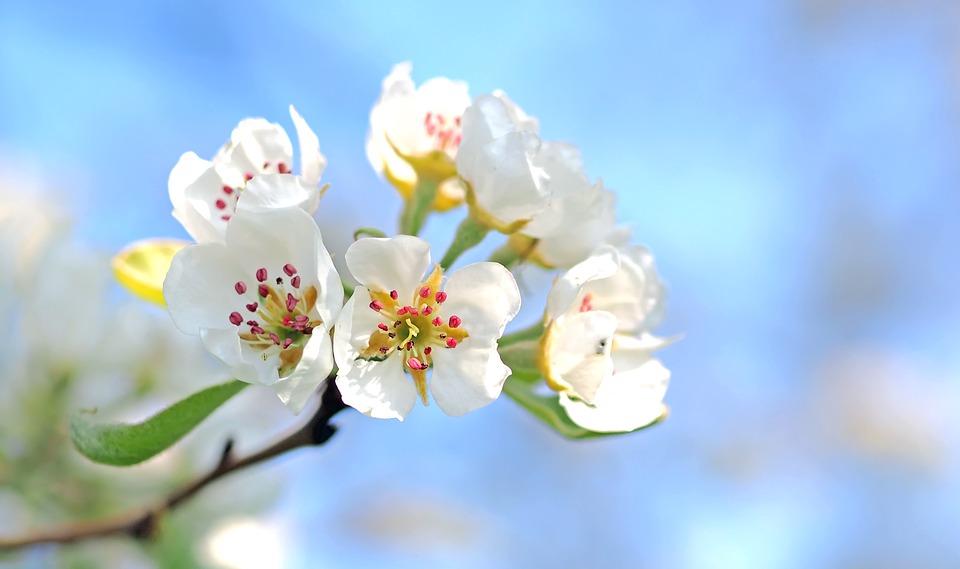



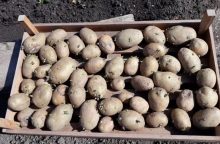
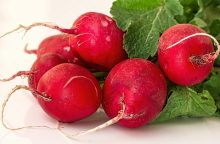
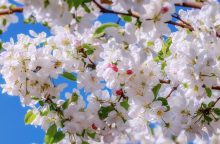
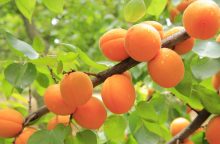
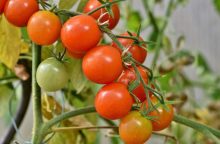
0 comments